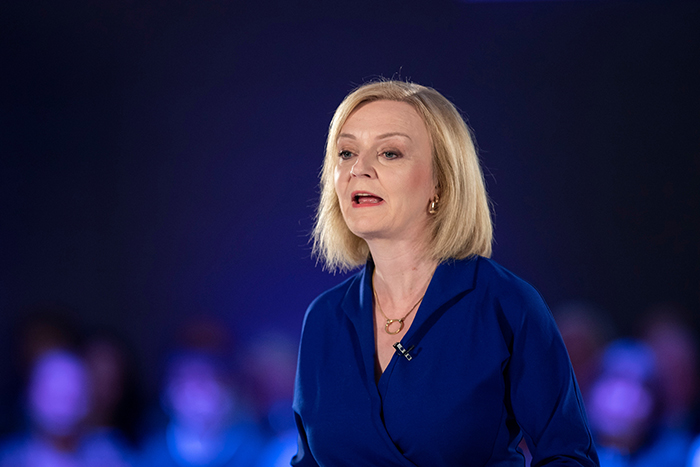
Homebuyers paid out a record of £15.4bn in stamp duty in the 2022-23 tax year, 9% more than the previous 12 months, according to Coventry Building Society’s analysis of HMRC data.
Last month, homebuyers paid £1bn in stamp duty, a 19% jump on February.
The figures show that January was the lowest month for these tax receipts at £827m, while August was the highest at £1.6bn.
The Office for Budget Responsibility’s Economic and Fiscal Outlook shows property taxes – including stamp duty, devolved property taxes, and the annual tax on enveloped dwellings — are set to drop by an estimated £4.7bn this year.
This is due to temporary changes in thresholds and a predicted lower number of property transactions.
Savills’ transaction volume forecast for 2023-2027, in November, suggests that transactions will hit 870,000 this year – a 28% fall from the average of 1.2 million transactions annually before the pandemic.
Coventry Building Society head of intermediary relationships Jonathan Stinton, says: “Last year people paid more tax buying their homes than ever before. The new thresholds introduced in September mean homebuyers will get a bit of welcome relief for the next couple of years, but it’s clear those thresholds just aren’t doing enough.
“The Office for Budget Responsibility’s own figures estimate that almost 200,000 fewer homes are expected to be purchased over the next year – which would be a hit to the housing market worth tens of billions.
“The government has a responsibility to step in and do everything they can to help homebuyers, with stamp duty being one of the main tools at their disposal.
“The stamp duty holiday in 2020 and 2021, and the subsequent boom in property transactions, showed just how influential stamp duty can be.
“An ambitious and active reform to the property tax could inject life into the market.
“Alternatively, we could see a structured, concerted effort to increase the supply of new homes which would then allow aspiring first-time buyers more choice, and perhaps a smaller tax burden.”



